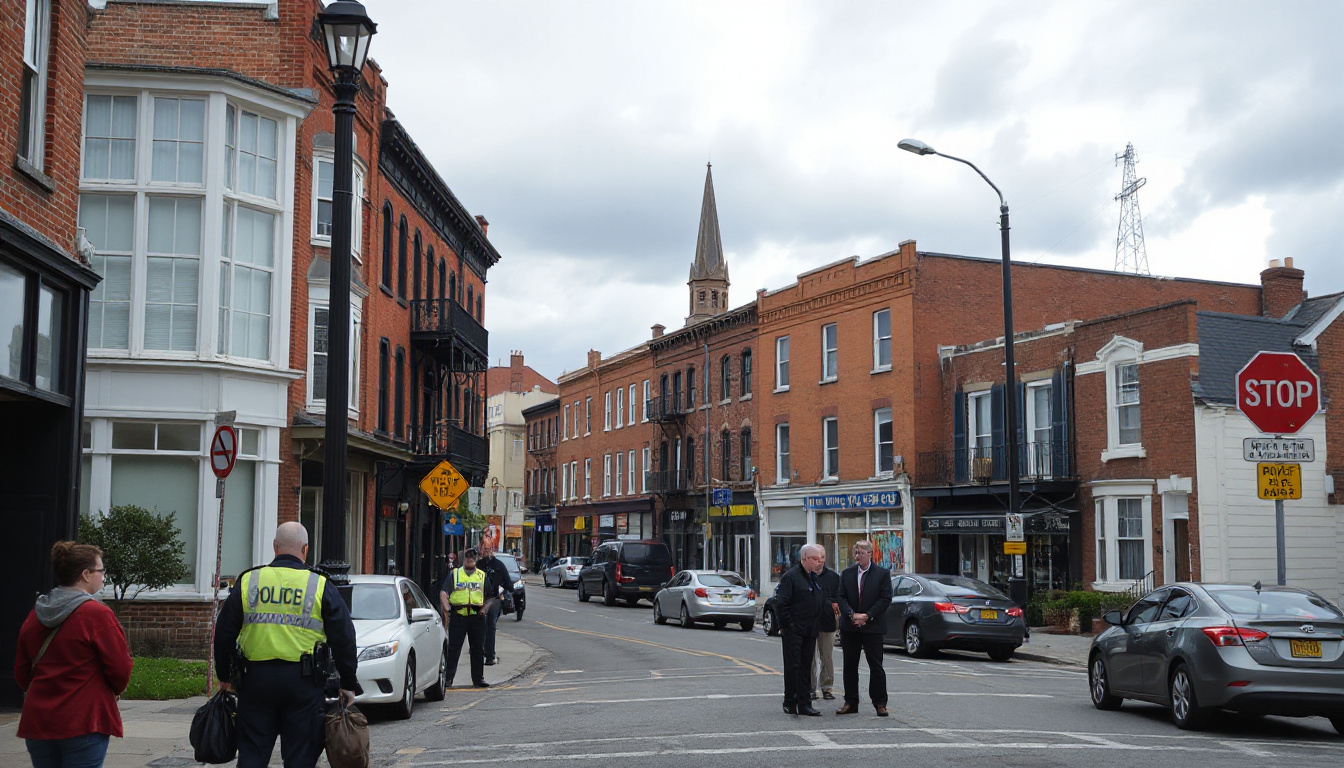Rising Numbers of HMOs Prompt Consideration of Stricter Regulations in Kent Town
A Kent town sees a near 90% rise in HMOs. The growth brings safety concerns and weak community bonds. Local officials now weigh tougher rules. They plan new limits to keep HMOs in check.
Growth of HMOs and Community Impact
HMOs house two or more unrelated tenants. The setup shares rooms and baths. Once used mainly for student housing, the model now fits young workers too. In one Kent borough, licensed HMOs grew from 40 in 2021 to 75 by mid-2025. Planning rules cover only large HMOs. Many small ones escape control. Some areas now host dense groups of HMOs. Neighbors note spikes in anti-social acts and crime.
Challenges of Regulation and Enforcement
Laws let small HMOs form without planning rules. Councils find it hard to track all changes. Some use Article 4 directions to cut back on new HMOs. This step alone fails to seal the problem. Many HMOs meet a real need. Yet some bring crime and social strain. Rapid tenant turnover weakens local ties.
Housing Demand and Economic Factors
Renters seek affordable space. High property prices and steep rents push many toward shared homes. Young professionals in local services opt for these houses. Still, the increase strains local balance. A crowded mix can stretch community resources and trust.
Moving Forward: Seeking Solutions
The council now studies tighter rules. They look at limits on new HMOs. They seek more clear national rules on HMO licenses and control. New plans aim to control housing growth in fast-growing towns.
Summary
HMOs have surged in Kent, mirroring larger housing issues. Shared housing fills a need yet can strain community life. Rising crime and loose neighborhood bonds spark a call for strict control. Investors and landlords in the HMO market must track upcoming policy shifts and adjust their management methods.



